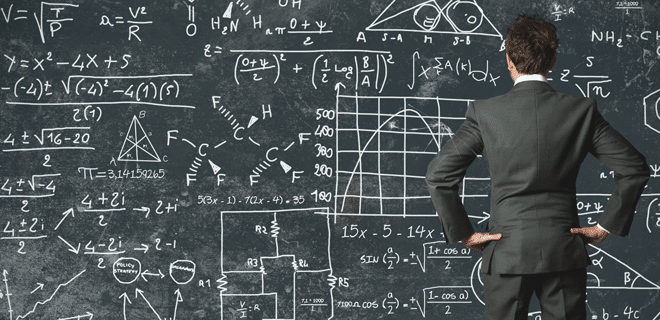Every social media program starts from scratch with an audience of zero. That’s a universal truth even for global brands with a significant social following. When a social media program gets off the ground, the initial audience for a campaign, contest or even blog post is zero. So, how do you get the first, second or 4,000th person to pay attention?
Starting from null can be an intimidating place to begin. But it’s a reality that we all face. Before we publish the blog post or the contest app, we have only a potential audience to work with.
Augie Ray is a former analyst at Forrester and he made an apt corollary to the world of Physics:
“There is an appropriate and interesting corollary in the world of high school physics: If you lift a ball off the ground and hold it stationary, it has no kinetic energy but it does have potential energy; drop the ball, and the potential energy becomes kinetic energy. Facebook fans are like that — all potential energy until you introduce something that creates kinetic energy.”
Now, we won’t get into the theoretical physics of social media audiences (we’ve all wanted to introduce some major acceleration trajectory to members of our communities, right?). But the core idea is that, until we introduce an action to an audience, no activity will occur — it is the premise under which we must approach content and community. The concept of organic shares and organic interaction is often a fallacy, and when they do occur, it’s time for celebration.
That’s why we stress the importance of voice, active participation and content creation. The potential energy of an audience is significantly higher when the mass is increased. Let’s refresh a bit on our physics:
In physics, the potential energy of an object is dependent on two variables and one constant. In social media, the potential energy is tied to three variables. Let’s examine the new equation for social media potential energy:
Audience size is a known quantity. It is the organic audience that you have created for a brand. Facebook fans, Twitter followers, email list size and RSS subscribers all factor into this figure. It is the starting point for the beginnings of transitioning your campaign to kinetic energy.
Story quality is a variable that is difficult to compute, yet is highly important to the success of a campaign. People don’t share uninteresting, boring or generally “bad” content. Making sure that the story or contest you want to gain momentum is worthwhile is an integral part of success. The shareability of your content draws from knowing your audience, the type of content that has worked in the past and the type of information that your audience needs.
Sharing imperative is a variable that the audience dictates. This is a difficult variable to measure, but its impact can’t be understated. The drive to share your content or engage with it in other ways relies on your ability to solve a problem, make an emotional connection or create an irresistible value proposition. The Sharing imperative is a concept we’ll explore more in the future.
As you can see, being able to start a communications campaign from null is possible. Just make sure that you have your physics in order (that’s a subtle joke about chaos theory, BTW) and create amazing content.



